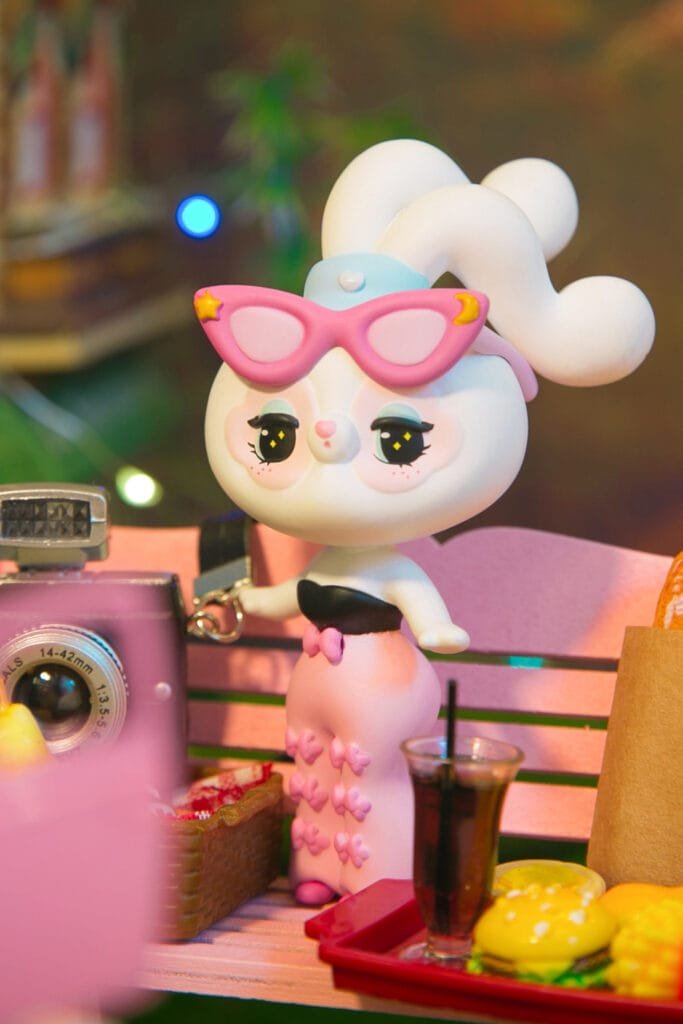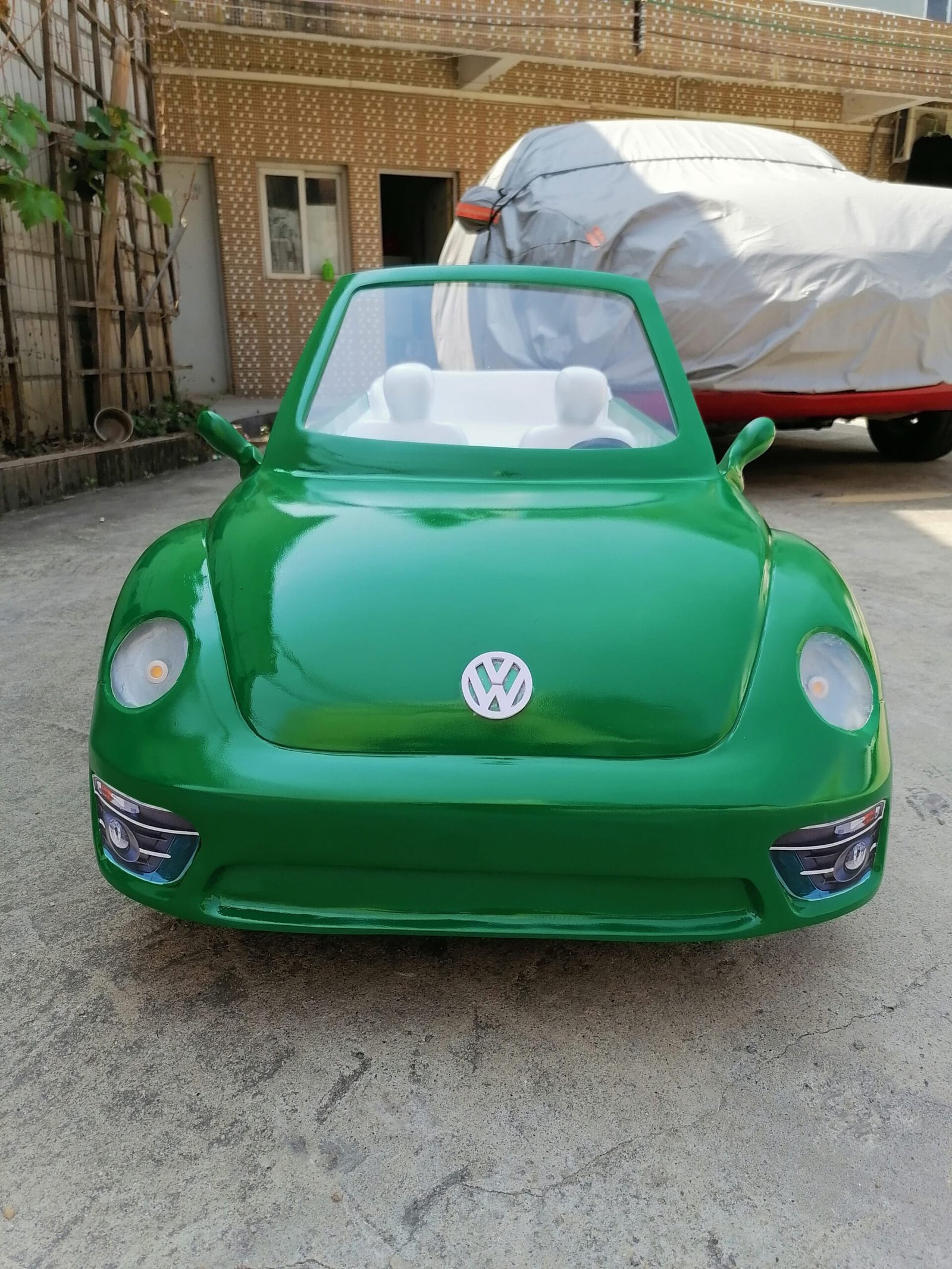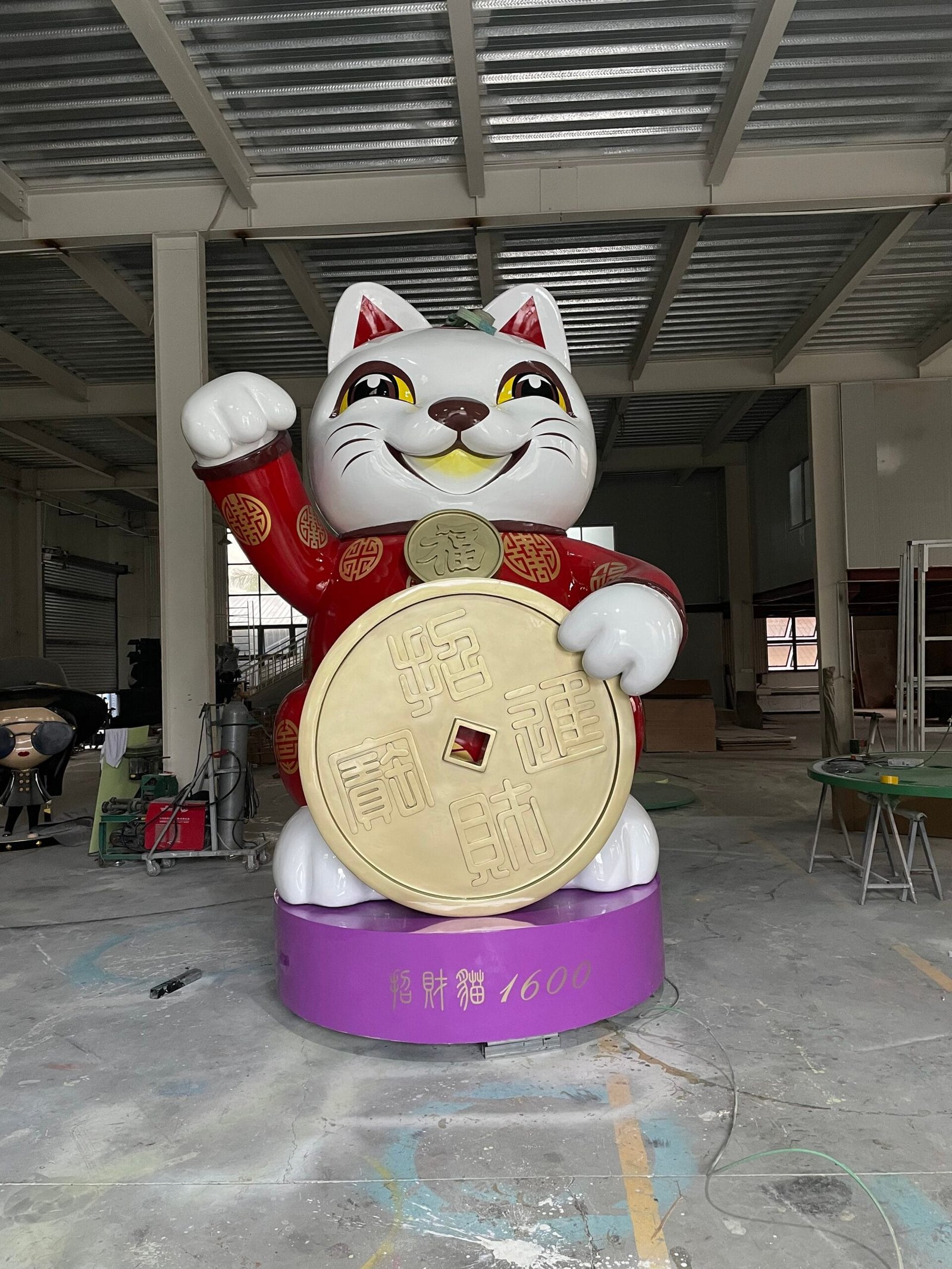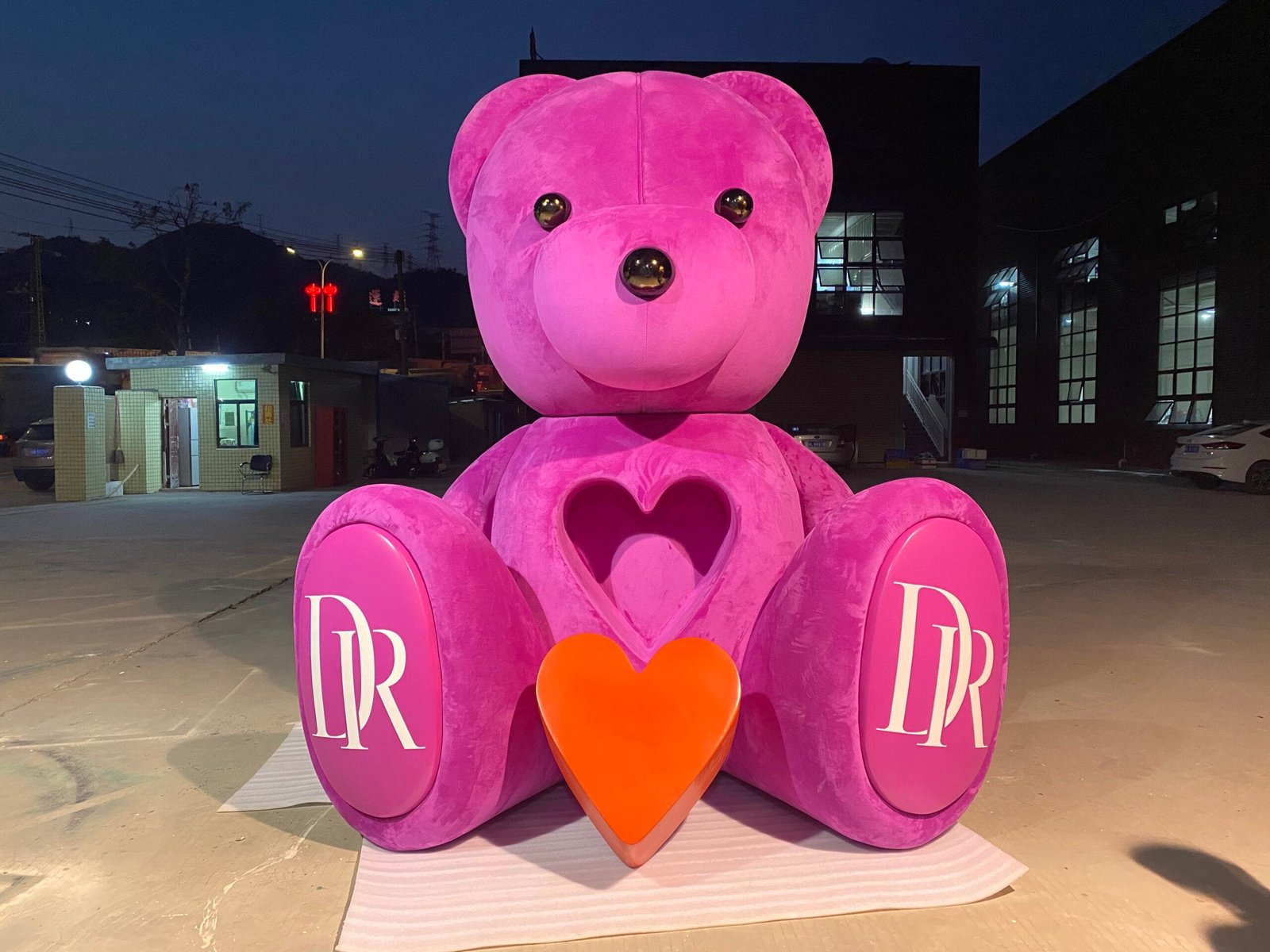Introduction: The Power of Customized Sculptures in Branding
In today’s competitive market, brands are seeking innovative ways to differentiate themselves and connect with their audiences. Customized sculptural products offer a unique and powerful way to achieve this. By combining artistry with strategic messaging, these sculptures serve as iconic representations of a brand’s identity, capturing attention and leaving lasting impressions.
From retail displays to public art installations, personalized sculptures not only elevate brand visibility but also foster emotional connections with customers. This article explores how businesses can design and leverage customized sculptures to strengthen their influence and stand out in their industry.
1. Why Customized Sculptures Enhance Brand Influence
Strengthening Brand Identity
Customized sculptures transform abstract brand values into tangible, memorable forms. These physical manifestations create a distinct identity that sets a brand apart from competitors.
For instance, a technology company might commission a sleek, futuristic sculpture to symbolize innovation, while an eco-conscious brand could design nature-inspired pieces to reflect its sustainability goals.
Increasing Customer Engagement
Sculptures invite interaction and engagement, creating opportunities for customers to connect emotionally with a brand. Whether through touch, visual appeal, or interactive features, sculptures create memorable experiences that customers associate with the brand.
Additionally, photo-friendly sculptures encourage customers to share their experiences on social media, amplifying the brand’s reach and visibility organically.
Enhancing Storytelling
Sculptural products can serve as storytelling tools, visually conveying a brand’s mission, history, or vision. A well-designed sculpture acts as a conversation starter, enabling businesses to communicate their narrative in an engaging and impactful way.
Moreover, themed sculptures tied to seasonal campaigns or cultural events can reinforce a brand’s relevance and adaptability.
2. The Process of Customizing Sculptural Products
Define the Brand’s Goals and Target Audience
Before designing a sculpture, it’s crucial to establish clear objectives. Ask the following questions:
- What message or emotion should the sculpture convey?
- Who is the target audience?
- How will the sculpture align with the brand’s overall identity?
By addressing these points, brands can ensure that the sculpture resonates with their audience and achieves its intended purpose.
Collaborate with Professional Designers
Working with skilled designers and artists ensures that the sculpture reflects the brand’s personality while meeting aesthetic and functional requirements. Designers can translate abstract concepts into visually compelling forms, blending creativity with brand strategy.
Furthermore, involving key stakeholders in the design process fosters collaboration and alignment, resulting in a more cohesive final product.
Select the Right Materials
The choice of materials is critical for achieving the desired look, durability, and cost-effectiveness of the sculpture. Common options include:
- Metal (e.g., Stainless Steel or Aluminum): Ideal for modern, sleek designs and outdoor durability.
- Fiberglass and Resin: Lightweight and versatile, perfect for intricate or large-scale pieces.
- Natural Materials (e.g., Wood or Stone): Suitable for brands emphasizing eco-friendliness and authenticity.
Additionally, opting for sustainable or recycled materials can enhance a brand’s commitment to environmental responsibility.
3. Using Sculptures to Amplify Brand Visibility
Strategic Placement
Placing sculptures in high-visibility areas maximizes their impact. Consider the following strategies:
- Retail Spaces: Use sculptures as centerpieces or display accents to draw attention and guide customer flow.
- Public Installations: Large-scale sculptures in parks, plazas, or city squares create buzz and broaden the brand’s reach.
- Event Integration: Incorporate sculptures into trade shows, product launches, or pop-up events to reinforce brand presence.
Moreover, interactive installations encourage longer visitor engagement, turning a simple display into a memorable experience.
Incorporating Interactive Features
Interactive sculptures create deeper connections with audiences by inviting participation. Examples include:
- Photo Opportunities: Design sculptures with built-in seating or platforms to encourage social sharing.
- Augmented Reality (AR): Add a digital layer to sculptures, allowing customers to interact through their smartphones.
- Lighting and Motion: Dynamic lighting effects or moving components enhance visual appeal and engagement.
By combining art with technology, brands can create unique, immersive experiences that resonate with modern audiences.
4. Measuring the Impact of Sculptural Products
Customer Feedback
Gather feedback from customers to understand their perceptions and experiences with the sculpture. Observing how visitors interact with the piece can provide valuable insights for future designs.
Social Media Metrics
Track social media engagement, such as likes, shares, and comments, to gauge the sculpture’s popularity and its contribution to brand awareness. Monitoring hashtags and mentions offers additional data on organic reach and customer sentiment.
Conclusion: Sculptures as a Catalyst for Brand Success
Customized sculptural products are more than artistic displays—they are strategic tools for enhancing brand influence. By thoughtfully designing and strategically placing these sculptures, businesses can create captivating experiences that resonate with their audience, reinforce their identity, and leave a lasting impression.
Whether used in retail, events, or public spaces, investing in personalized sculptures ensures your brand stands out in today’s crowded market.
Focus Keywords:
Customized sculptures, brand identity, interactive art installations, retail branding, public art, customer engagement, sustainable design.





